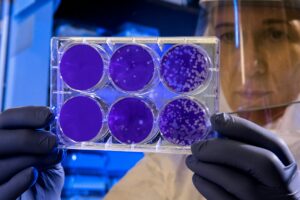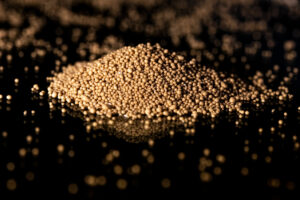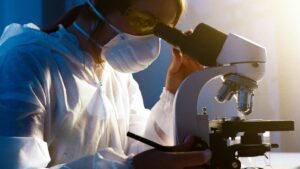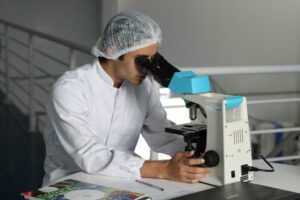
New scientific paper shows yeast cells communicate to adapt to changes in nutrient availability
A new piece of scientific research published in September in The Embo Journal shows that yeast cells communicate with each other when predicting a shortage of nutrients. Shin Ohsawa and his collaborators at the RIKEN Center for Sustainable Resource Science at the University of Tokyo made this discovery. For this type […]














